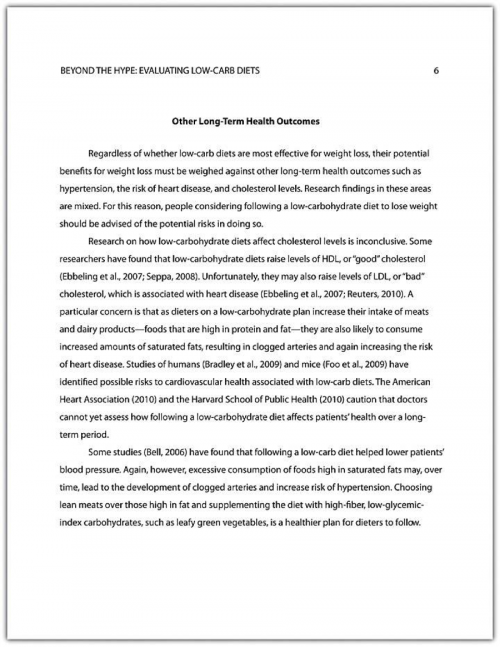Plants Profile for Hemionitis palmata (starfern).
Leaves (fronds) are dimorphic. The sterile fronds are heart-shaped with a 2-4 in. Stalk; the fertile fronds are arrowhead shaped with a 10-12 in. Stalk. The fronds have buds at the base of the leaf blade where it joins the stipe or stalk. Terrestrial, evergreen fern with short, creeping rhizomes. The fertile fronds are arrowhead shaped with a long 10-12 in. Stalk.
The present analysis adds Hemionitis palmata and Bommeria hispida (the only southwestern species of Bommeria north of Mexico) to the species of these genera analyzed by Gastony and Rollo (1995.
Asplenium hemionitis. Published online. Accessed Feb. 07 2019. The Plant List 2013. Asplenium hemionitis in The Plant List Version 1.1. Published on the internet. Accessed: 2019 Feb. 07. Tropicos.org 2019. Asplenium hemionitis. Missouri Botanical Garden. Published on the internet. Accessed: 2019 Feb. 07. Vernacular names.
Disease Classification Structures Disease classification structures are essential to health care. The International Classification of Disease Ninth Revision (ICD-9) is a classification system developed by the World Health Organization (WHO) to categorize diseases.
Click on image to enlarge. Pictogram Guide you may also see symbol definition in a pop-up window by mouse-pointing on pictogram.
Spores of species of Hemionitis, Gymnopteris, and Bommeria were compared for 1) presence of perispores using the sodium hydroxide assay, 2) surface structure of mature perispores and exospores, and 3) development of superficially similar mature perispores. All taxa were shown to possess perispores and greater morphological variation was detected within and among species than previously reported.
Hemionitis arifolia (Family-Adiantaceae)is an attractive and unusual dwarf fern.It is used folkloric to treat ear ache, migraine, haemorrhoids, arthritis, intestinal worms and wounds.It has been medically evaluated for its hypoglycaemic and.









